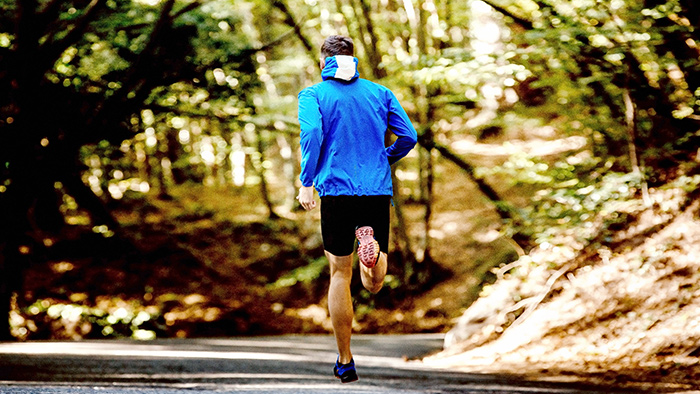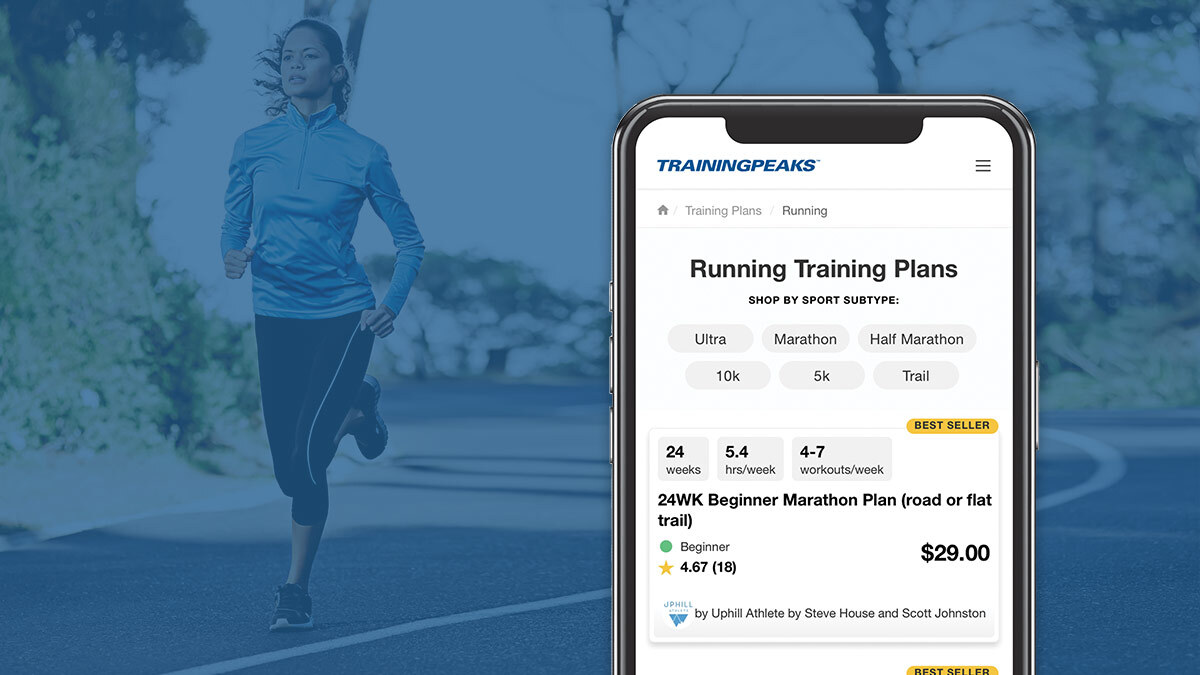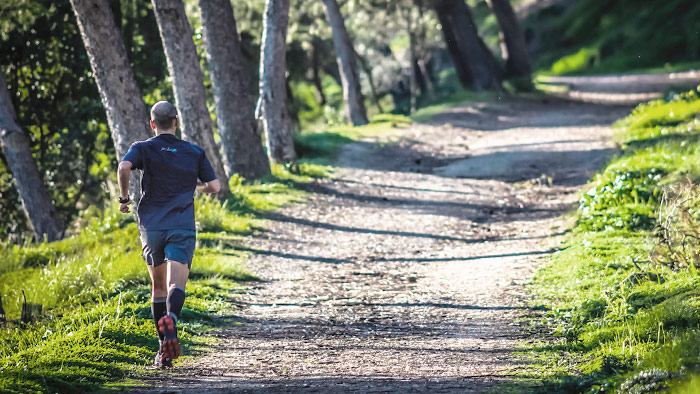If you’ve just completed a 5K, the next logical step is to progress to running a 10K. Taking your running to the next level means more than just running more; it means adding in a little more to your running. You should start adding different types of workouts into your training to help you succeed at your first 10K.
Bumping Up Your Mileage
Running your first 10K doesn’t mean you should just double your mileage and hope for success. It’s recommended that you progress 10% per week for three weeks, maintaining or slightly dropping every fourth week. This build-up and drop-off is the basic principle of periodization. The fourth week is where you recover slightly and allow your body to adapt to the 30% training increase.
The Long Run
Most 5K training plans won’t have a dedicated day where you focus on slower, low-intensity mileage. The long run is where you’ll increase your time on your feet and build up to running longer and longer. This is an essential day to focus on, as it is the biggest building block of your week, especially if you have your eyes on a half marathon in the future!
Training Frequency
You’ll want to slowly build the number of days you run each week to where you’re comfortable running four to five times per week. This frequency does mean that you won’t come into every run 100 percent recovered from your last effort, but that’s okay! As new runners progress, they learn how to recover and adapt to their training. What might have challenged you in your 5K training won’t be as hard as you progress in your long run and increase the number of days that you train.
How long should I prepare?
Give yourself extra time to adapt to the higher training load. It’s recommended that you allow for two 4-week cycles (e.g., three weeks of build, one week of adaptation) to help you take the big step from being a 5K runner to a 10K racer.
Where should I start?
Your workouts should replicate much of the run sessions you did for your 5K training, just for longer amounts of time. In addition to the long run, you should also add in some speed work, strength work (like hill work if your 10K is on varied terrain), and fartlek running for race-specific speed.







